Want to Create Your Best Year Yet? Follow These 5 Steps to Create the Life You Love.
Posted on January 15, 2013 by Debra Burdick
Share the post "Want to Create Your Best Year Yet? Follow These 5 Steps to Create the Life You Love."
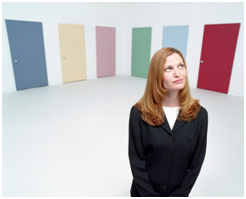 Do you wish that last year went better for you? Do you struggle sometimes to figure out exactly what you really want? What would a really great year look like? Would you feel happy, healthy, less stressed, more successful, more productive, more in touch with your intuition? Perhaps you would connect better with your loved ones or be a better parent? Is losing weight, making more money, attracting a love partner on your wish list?
Do you wish that last year went better for you? Do you struggle sometimes to figure out exactly what you really want? What would a really great year look like? Would you feel happy, healthy, less stressed, more successful, more productive, more in touch with your intuition? Perhaps you would connect better with your loved ones or be a better parent? Is losing weight, making more money, attracting a love partner on your wish list?
Do you want to create the best year of your life? How about just a really great year? Do you wish you knew exactly how to make this year better than ever? Would you like to get clear about what you really want? Do you want to get better at staying on track?
We often spend most of our time thinking about what we don’t want. This creates a brain response that keeps us stuck with what we don’t want, which is probably what we already have. We can change this by deliberately thinking about what we do want even if it hasn’t shown up in our lives yet.
Here are five steps to put this to work in your own life. Use them to figure out what your best year yet will look like and then to create it.
Step 1: Decide what you want.
The major reason most people don’t get what they want is that they don’t know what they want. Therefore, in order to get more of what you want in your life, you first need to figure out what that is. There is a saying ‘you can’t make a dream come true if you don’t have a dream’. You most likely already know what you don’t want. And knowing what you don’t want helps you decide what you do want. If your child is disrespectful to you, you know you want them to be respectful. If you have been in a difficult relationship, you learned what didn’t work well for you and what you would rather have in your relationship. If you feel sad, you feel the desire to feel happy. If you have a tough time paying your bills, you know that you would like to have enough money to pay everything easily. If you are shy and awkward in social situations, you know you would like to feel more comfortable around people. If you see a house that you think is ugly, this helps you sort out what type of house you do like. Through this process you discern what you do want.
Rather than being upset by the things you don’t want or don’t like about your life, use them as data to help you decide what you do want. Then you can start to form an image in your mind of what you would like in your life. It may be helpful to first write a list of the things you don’t want and use this as a springboard to create the list of things you do want.
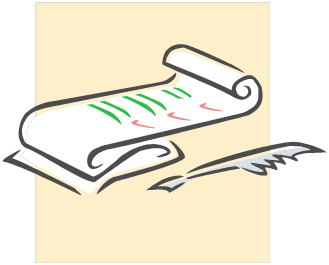 Write a list of things you have decided you want in your life. Be as specific as possible but stay open to the fact that things may show up somewhat differently than you imagined. Think about the essence of what you want. Instead of ‘I want more money’, say ‘I want to enjoy the feeling of being able to easily pay all my bills with enough money left over to save and to go on a great vacation.’
Write a list of things you have decided you want in your life. Be as specific as possible but stay open to the fact that things may show up somewhat differently than you imagined. Think about the essence of what you want. Instead of ‘I want more money’, say ‘I want to enjoy the feeling of being able to easily pay all my bills with enough money left over to save and to go on a great vacation.’
Step 2: Set your intention.
An intention in this case is what you want in your life and what you plan to do to get it.
The act of defining your New Year’s resolutions is an example of actually setting your intention for creating what you want for the New Year. Wayne Dyer describes intention as an invisible energy field that is inherent in all physical form and that we can feel, connect with, know and trust. It is an inner awareness.
Now that you know what you want from Step 1, set your intention to attract it into your life. The first step in attracting it into your life is to imagine it in your mind. Close your eyes and imagine that you already have the thing that you want. See it in every detail.
Most importantly, feel how you would feel if you already had it. This creates a powerful and positive energy shift that increases the chance that what you are visualizing will arrive in your life. Use the Mindfulness of Intention meditation on my Mindfulness Toolkit CD to practice this step.
If you want a well behaved child, close your eyes and imagine your child behaving well. Talk out loud to yourself about how you feel when your child behaves well.
If you want to be healthier, close your eyes and imagine your body being completely well. Actually imagine how your body feels.
Say out loud how you feel when your body is comfortable, how it feels to experience complete well-being, how much you love feeling good every day, what it feels like to have lots of energy, to sleep well, to know your body is doing exactly what it was designed to do. Use what Herbert Benson calls ‘remembered wellness’ to remember how it felt when you did feel well. Feel it. Remember, you change your brain when you do this.
Step 3: Monitor feelings.
 Notice how you are feeling. When you feel bad, take this as a sign that you need to change something – usually what you are thinking about or how you are thinking. For example, if you feel discouraged about something, acknowledge the feeling and take a moment to understand why you feel discouraged. Then, find a thought that feels better. For example, if you had an argument with your spouse today it seems reasonable to feel discouraged. Accept it for a moment. Then change the thought to “We have argued before and we always work things out. I will figure out if there is anything I might do differently to lessen future arguments. I will make a list of all the things I love about my spouse.” Then get in touch with how you will feel when you are getting along well. It is important to feel as if everything you want is already here. This changes your brain.
Notice how you are feeling. When you feel bad, take this as a sign that you need to change something – usually what you are thinking about or how you are thinking. For example, if you feel discouraged about something, acknowledge the feeling and take a moment to understand why you feel discouraged. Then, find a thought that feels better. For example, if you had an argument with your spouse today it seems reasonable to feel discouraged. Accept it for a moment. Then change the thought to “We have argued before and we always work things out. I will figure out if there is anything I might do differently to lessen future arguments. I will make a list of all the things I love about my spouse.” Then get in touch with how you will feel when you are getting along well. It is important to feel as if everything you want is already here. This changes your brain.
Step 4: Look for evidence.
 As you go through your day, notice even the tiniest sign that what you want in your life is starting to show up. Notice when your child does what you asked them to do and let them know you noticed – even if they only do it once amongst zillions of times they don’t. Notice when your partner does something nice for you, no matter how small. Notice when you feel good – even if it only lasted a few minutes. Notice when your spouse remembers to take out the garbage. Notice how good it feels to deposit money in the back. You are training your brain by focusing on what you want and noticing it when it shows up.
As you go through your day, notice even the tiniest sign that what you want in your life is starting to show up. Notice when your child does what you asked them to do and let them know you noticed – even if they only do it once amongst zillions of times they don’t. Notice when your partner does something nice for you, no matter how small. Notice when you feel good – even if it only lasted a few minutes. Notice when your spouse remembers to take out the garbage. Notice how good it feels to deposit money in the back. You are training your brain by focusing on what you want and noticing it when it shows up.
Step 5: Express gratitude.
Be thankful for all the things you love about your life. Be specific and train yourself to notice the little things if you are struggling to find positive things to be thankful about. When you wake up in the morning or before you fall asleep at night, run through a list of things you are grateful for. Here’s an example. “I am thankful for this comfortable bed; that I made it through another day; that I am alive to enjoy the sound of the birds singing; that my child was respectful once today; that I know how to meet new people; that I am learning to be grateful; that my husband kissed me when he left for work; that my mother gave birth to me…”
Next, express gratitude for the things you want that haven’t shown up yet. “I am thankful that I have enough money to pay my bills; I am thankful that I have found the perfect home; I am thankful my kids are behaving better now; I am grateful I am in a healthy relationship; I am grateful I am learning to deliberately train my brain”. Make sure to include gratitude for the things that you set your intention to receive in step 2.
Use these five steps to create your best year yet.
Practice steps 1-5. You will be amazed at how well this process works.
I would love to hear your personal experiences with this topic.
Categories: Business/Workplace, Mindfulness, Peak Performance
Tags: Life Planning, Mindfulness, New Year's Resolutions, Success

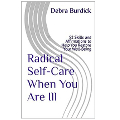
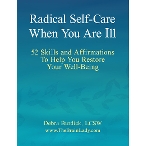
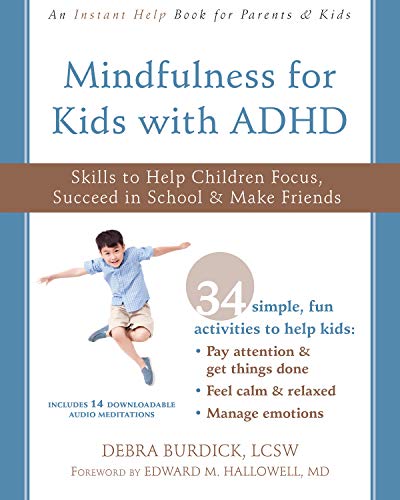
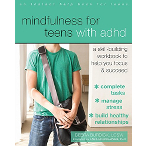
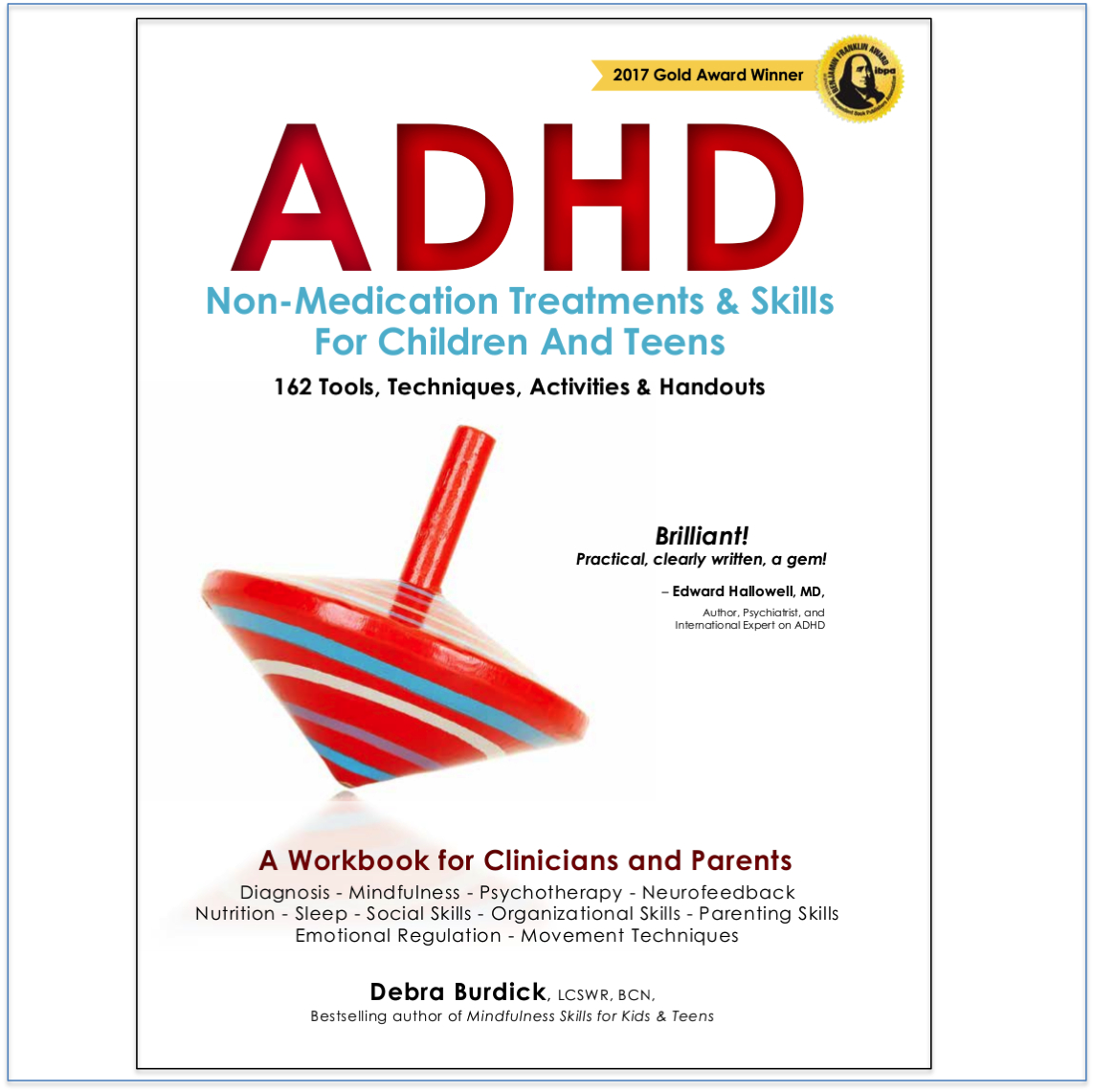
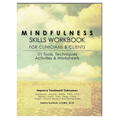
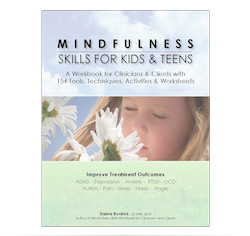
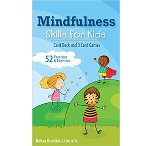
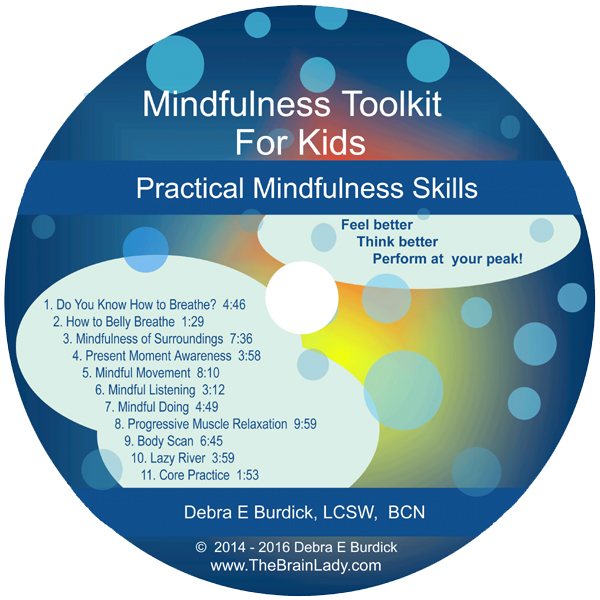
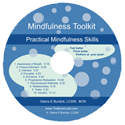
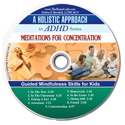
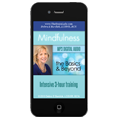
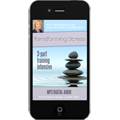
No comments yet. You should be kind and add one!
The comments are closed.